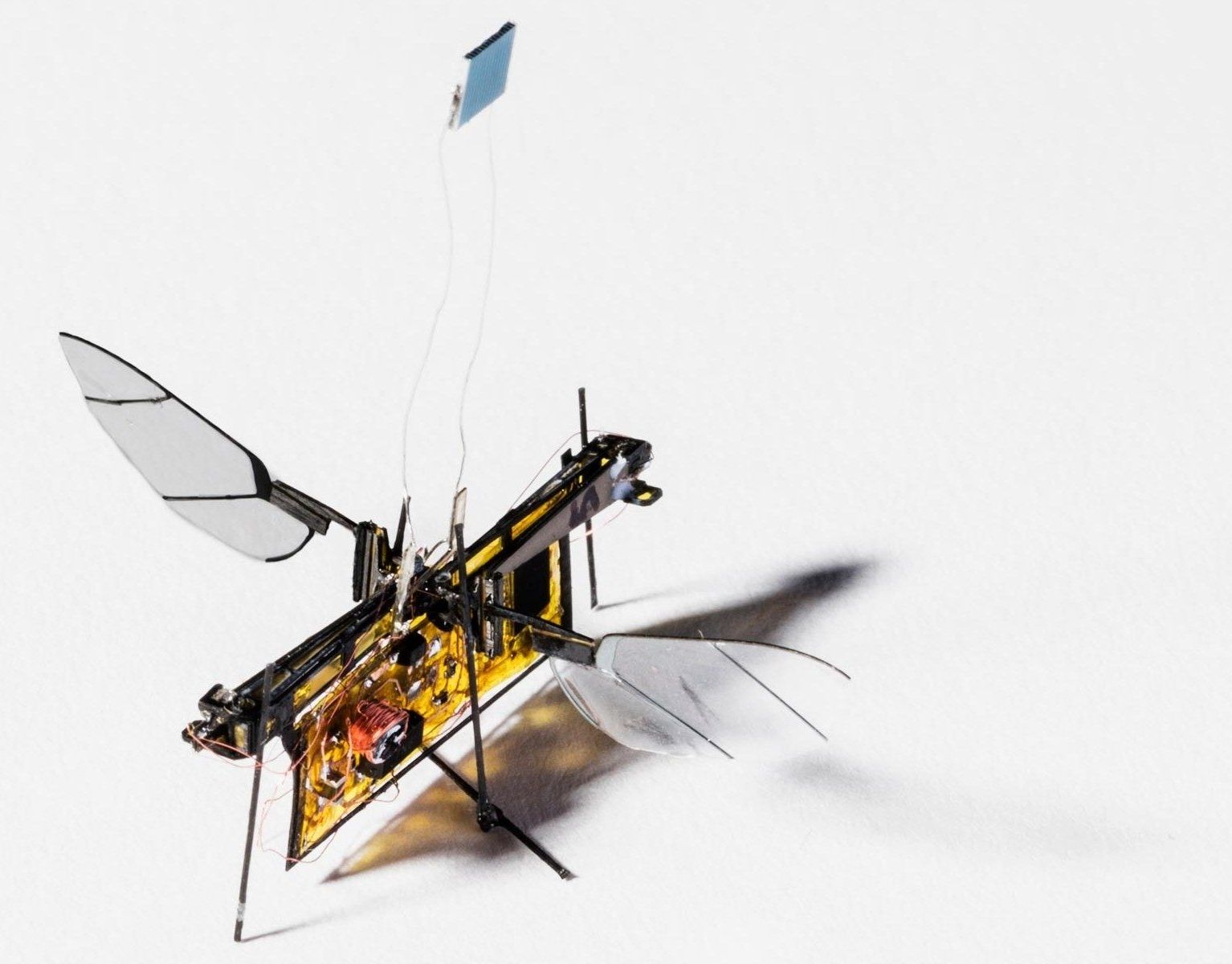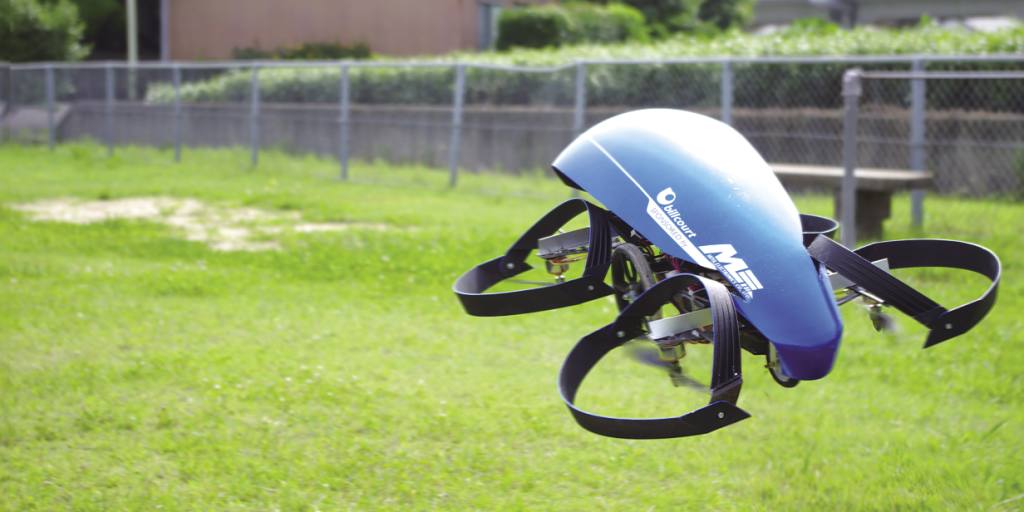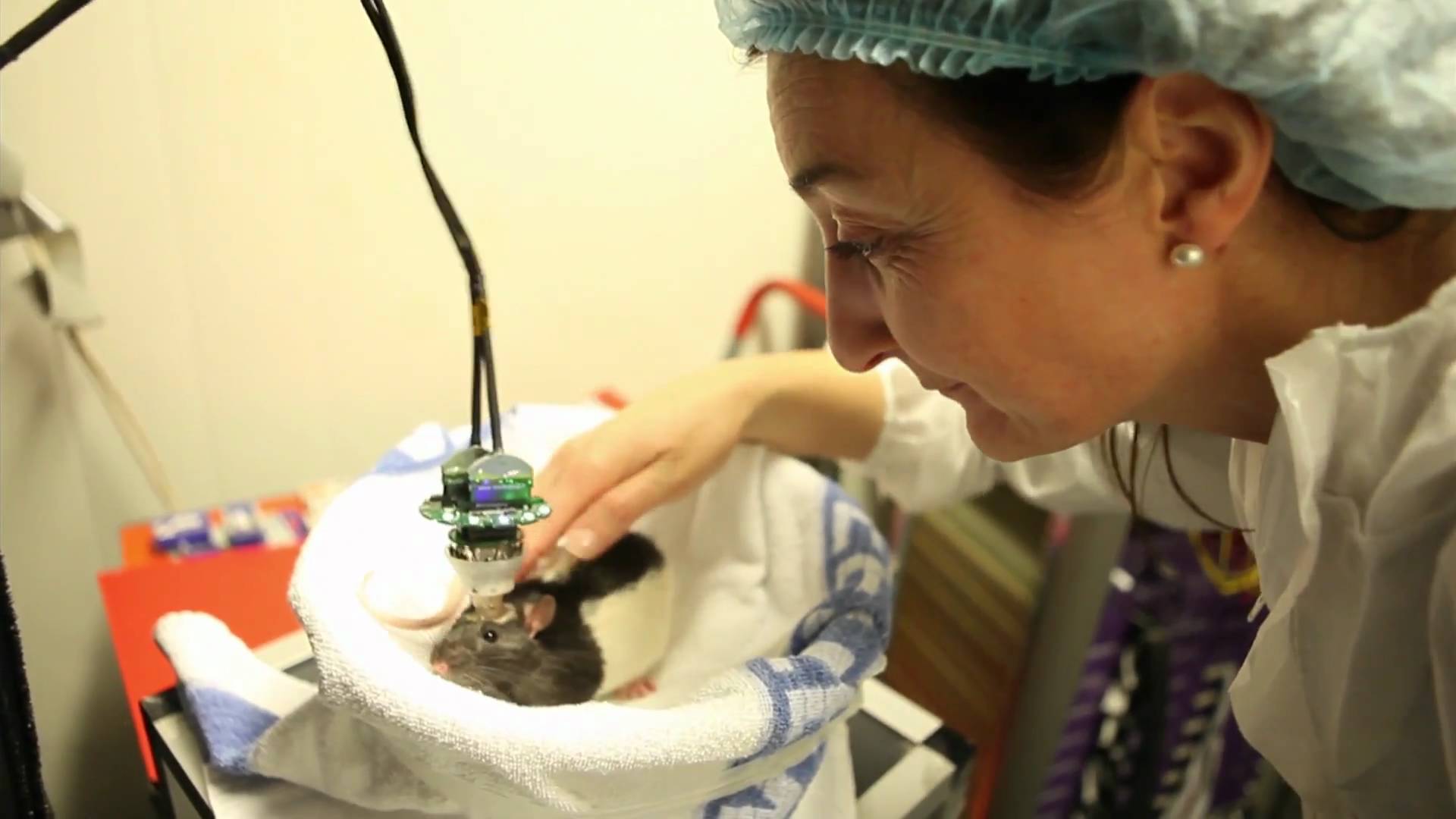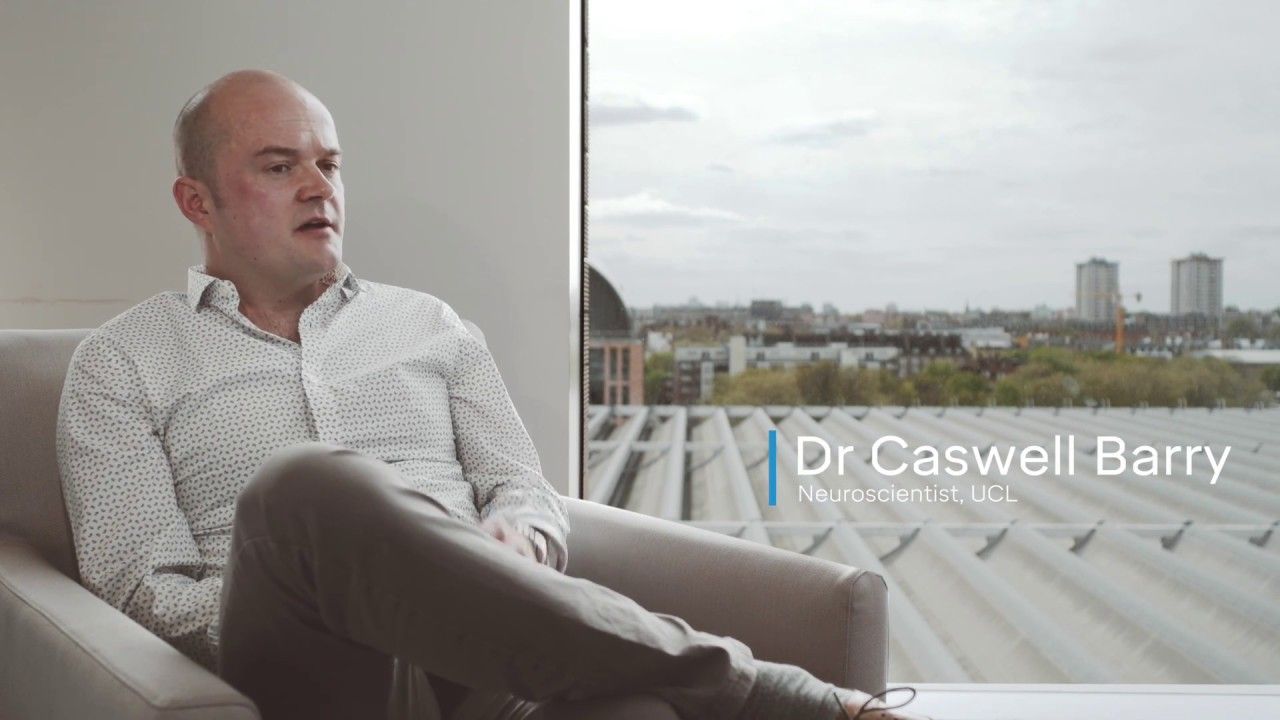It’s the first robo-fly that doesn’t need to be tethered to a power supply.
Asia-focused English-language publication that brings you insights about business, finance, economic and political newsand analysis for Asia, by Asia on asia.nikkei.com
The Astana Global Challenge Summit 2018 will host a series of panels and talks on longevity and rejuvenation.
As it has every year since 2008, the Astana Economic Forum (AEF) is about to take place in Astana, Kazakhstan. AEF, now also known as the Global Challenges Summit (GCS), is an international and regional non-profit platform for public discourse on topics such as economics, globalization, security, global risks, energy efficiency, innovation, and, more generally, matters concerning the future of our world and society. It was jointly created by the Eurasian Economic Club of Scientists Association and the Kazakhstan government back in 2008, and over the years, it has hosted innumerable talks and presentations by scientists, economists, world leaders, entrepreneurs, Nobel laureates, and other key people.
In our rapidly changing world, where we sometimes struggle to keep up the pace with progress, initiatives like this are greatly needed and welcome. In order to address the global issues we will face in the coming decades, cooperation, dialogue, information sharing, and networking will be pivotal, and events like the GCS are instrumental in achieving success. The themes of the 2018 event, which will be held on May 17–19, will include global strategy, sustainability, the future of money, clean energy, a unified economy, and many others. Around 500 speakers from all over the world will be on stage to discuss these important topics, sharing visions and insights to build a brighter and safer future together.
In “Engineering a Traiter,” the year is 2027, and a former military officer named Jay Roberts has just engineered a missile attack in downtown Houston — except he doesn’t know that it’s his fault.
This sombre graphic novel tells the story of Roberts, an army engineer working in Texas who’s been targeted by a militia eager to gain access to building codes in order to orchestrate a terrorist attack. With sophisticated A.I., the militia manipulate everything in Roberts’s life. The news he sees is curated to instil hopelessness and despair, and family members’ social media accounts are hijacked to distance Roberts from loved ones. Frustrated and alone, he eventually confesses security information to a “friend” he’s made online, allowing the militias the access they’ve been hoping for. Once they have what they want, Roberts’ social media is manipulated to make him look like a radicalized terrorist. When the attack occurs, he takes the fall.
The narrative may be science fiction, but it paints a realistic — if not paranoid — vision of the future. That bleakness is exactly what Brian David Johnson wanted when he began penning a series of graphic novels for the Army Cyber Institute at West Point.
Learning new things would be so much easier if we could just download them into our brains, like in The Matrix. Now, biologists at the University of California, Los Angeles (UCLA) have pulled off something similar – at least on a gastropod level – by effectively transferring a memory from a trained snail into the mind of an untrained one. The experiment could eventually lead to new treatments for restoring memory in Alzheimer’s patients or to reduce traumatic memories.
The researchers studied a species of marine snail known as Aplysia. These are commonly used as animal models for neuroscience because the cellular and molecular processes at work are relatively similar to humans, but they have a far more manageable number of neurons – about 20,000, compared to our 100 billion.
When Google DeepMind researchers trained a neural network to tackle a virtual maze, it spontaneously developed digital equivalents to the specialized neurons called grid cells that mammals use to navigate. Not only did the resulting AI system have superhuman navigation capabilities, the research could provide insight into how our brains work.
Grid cells were the subject of the 2014 Nobel Prize in Physiology or Medicine, alongside other navigation-related neurons. These cells are arranged in a lattice of hexagons, and the brain effectively overlays this pattern onto its environment. Whenever the animal crosses a point in space represented by one of the corners these hexagons, a neuron fires, allowing the animal to track its movement.
Mammalian brains actually have multiple arrays of these cells. These arrays create overlapping grids of different sizes and orientations that together act like an in-built GPS. The system even works in the dark and independently of the animal’s speed or direction.
Meet Surface Hub 2
Posted in futurism
A new culture of work is emerging. One where unlocking the power of the team has never been more important. I see it with our team daily. People coming together, creating together. Making products stronger through collaboration, whether they’re in the same room or separated by thousands of miles.

Is bigger really better?
Posted in habitats
The United States is facing a housing crisis: Affordable housing is inadequate, while luxury homes abound. Homelessness remains a persistent problem in many areas of the country.
Despite this, popular culture has often focused on housing as an opportunity for upward mobility: the American Dream wrapped within four walls and a roof. The housing industry has contributed to this belief as it has promoted ideals of “living better.” Happiness is marketed as living with both more space and more amenities.
As an architect and scholar who examines how we shape buildings and how they shape us, I’ve examined the trend toward “more is better” in housing. Opulent housing is promoted as a reward for hard work and diligence, turning housing from a basic necessity into an aspirational product.









